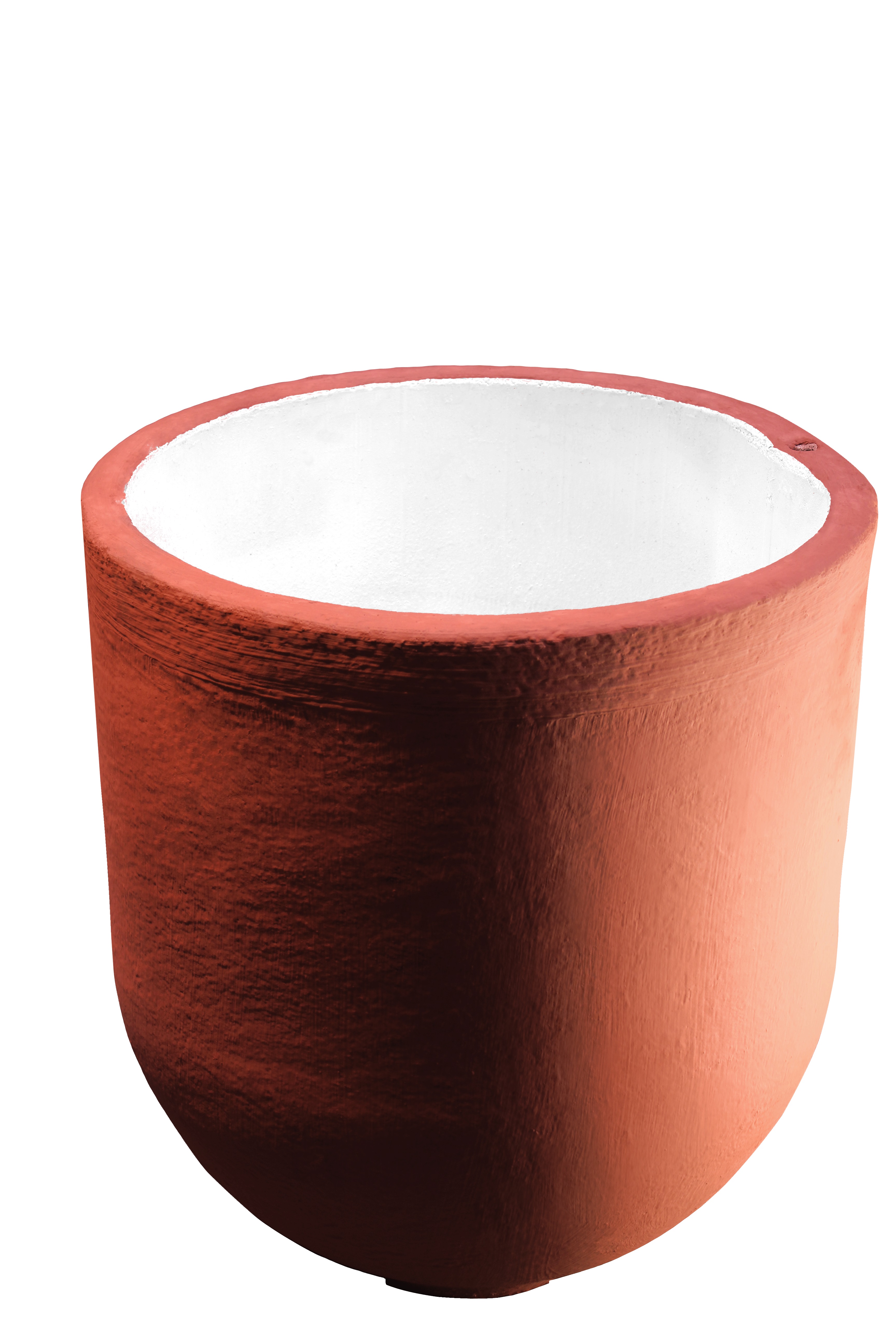
Morgan Advanced Materials has made two new additions to its range of crucible coatings for the foundry sector.
Contamination of molten metals by crucible materials during melting operations can be minimised by coating the interior surface of the crucible, helping to prevent reactions between the metal and the crucible while acting as a diffusion barrier to reduce impurities.
The new PRO and STAR Coatings from Morgan’s Molten Metal Systems business have been formulated to reduce impurities and so improve the quality of the molten metal and the final cast product.
PRO Coating is a thin covering which is chemically bonded and consisting of sintered alumina. It can reduce impurities when melting and holding pure alloys and also stops dross build-up, making cleaning easier. The coating can be mixed with water and applied to the crucible with a brush. It can also be used as a mortar to repair areas that may have been damaged or chipped, maximising crucible life.
PRO Coating can be used up to a melting temperature of 1,600°C (2912°F) making it suitable for use with high-purity aluminum, aluminum alloys and precious metals.
Metal purity
Designed specifically for melting pure aluminum (Al5N), Morgan’s STAR Coating can be applied onto all clay-bonded crucibles and carbon bonded by spraying. It is then fired to ensure a good bond. Consisting primarily of Boron Nitride with an oxide bond, it can be used up to a melting temperature of 1,000°C (1832°F).
STAR Coating can prevent contamination of the aluminum and dross build-up in the crucible, ensuring the highest purity of metal when melting aluminum and aluminum alloys.
This story is reprinted from material from Morgan, with editorial changes made by Materials Today. The views expressed in this article do not necessarily represent those of Elsevier.



